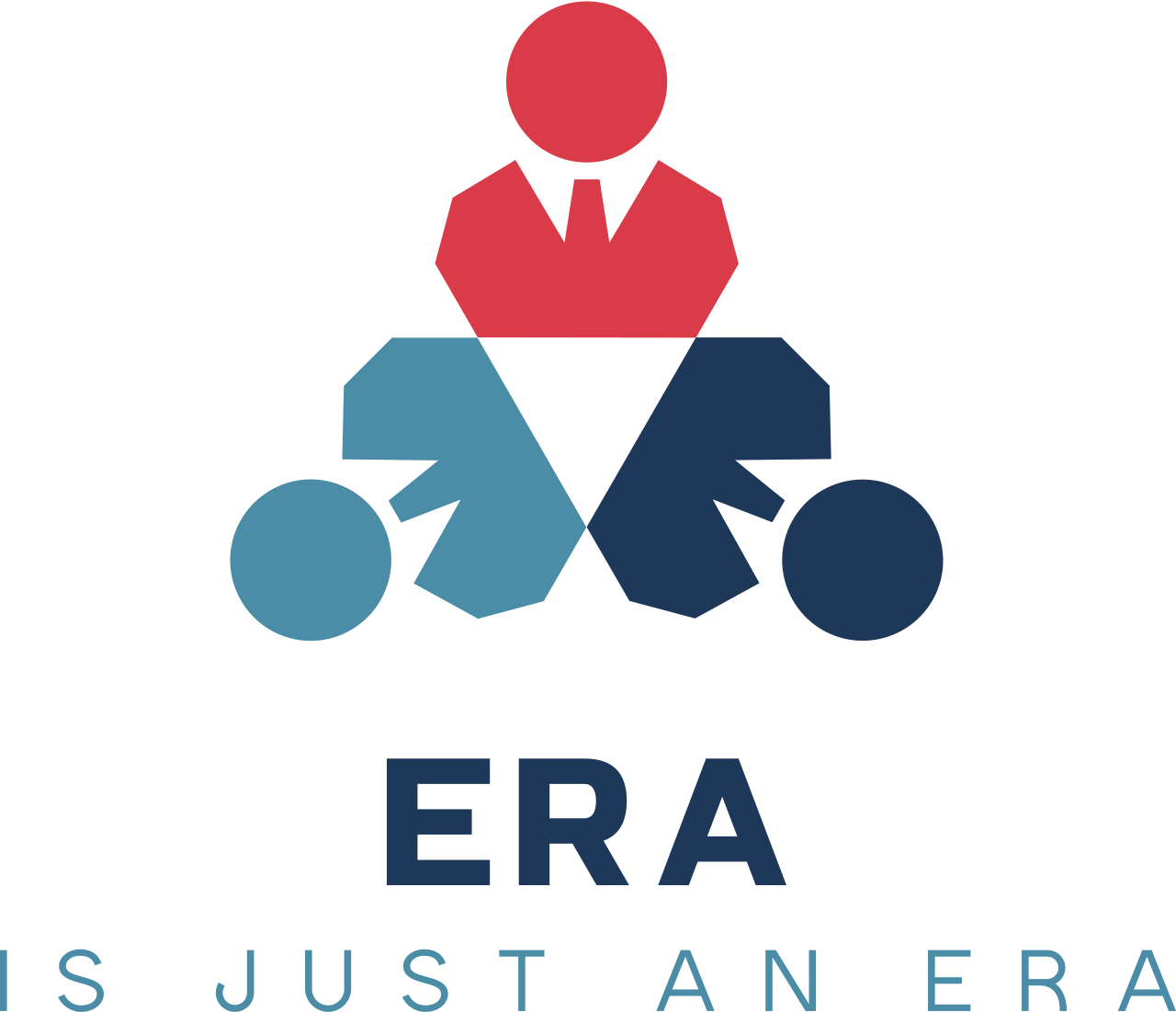Innovative Strategies for Tackling Digital Overload
In what ways can individual strategies—such as scheduling dedicated 'quiet times', turning off non-essential notifications, and unsubscribing from unnecessary newsletters—quantitatively alleviate the mental fatigue caused by constant pings?
In today’s rapidly evolving work environment, organizations are rethinking traditional approaches to manage the challenges of constant connectivity and digital overload. Modern research highlights that the persistent demands of e-work communication, coupled with the ubiquitous presence of technology, are placing unprecedented stress on employees. Instead of relying solely on individual boundary setting, innovative approaches now focus on collective strategies that consider the social dynamics of work and promote team-based solutions.A groundbreaking development in this field is the shift towards coordinated communication protocols within teams. By establishing clear expectations and synchronizing work hours, teams can diminish the friction caused by asynchronous interactions and reduce the mental strain of constant responsiveness. These strategies include planning for shared core working hours, utilizing scheduled messaging, and setting explicit signals that indicate no expectation for after-hours responses. Such measures are proving effective not only in mitigating stress but also in enhancing overall collaboration, ensuring that time-sensitive tasks are addressed during optimal working periods.The advent of digital wellness initiatives is another innovative leap that addresses technostress head-on. Recognizing that excessive technology use can trigger anxiety, burnout, and even physiological effects, organizations are now adopting digital wellbeing strategies. These include promoting responsible tech habits, incorporating training programs to boost creative self-efficacy, and equipping employees with tools to monitor and manage digital stress. As employees are encouraged to adopt symptom awareness practices, they gain insights into the early signs of stress, enabling proactive adjustments before issues escalate.Additionally, forward-thinking companies are integrating job crafting techniques that empower employees to redesign their work tasks and optimize their workload. By reevaluating job demands and leveraging available resources, workers can create more balanced roles that foster both autonomy and well-being. This holistic approach not only counters the negative implications of an always-on culture but also redefines productivity in a manner that values mental and physical health.Overall, the emerging landscape of digital work is being reshaped by innovative solutions that prioritize employee well-being. By embracing a mix of coordinated communication, digital wellness practices, and adaptable work arrangements, businesses are setting a new standard for sustainable, resilient, and innovative work environments.
